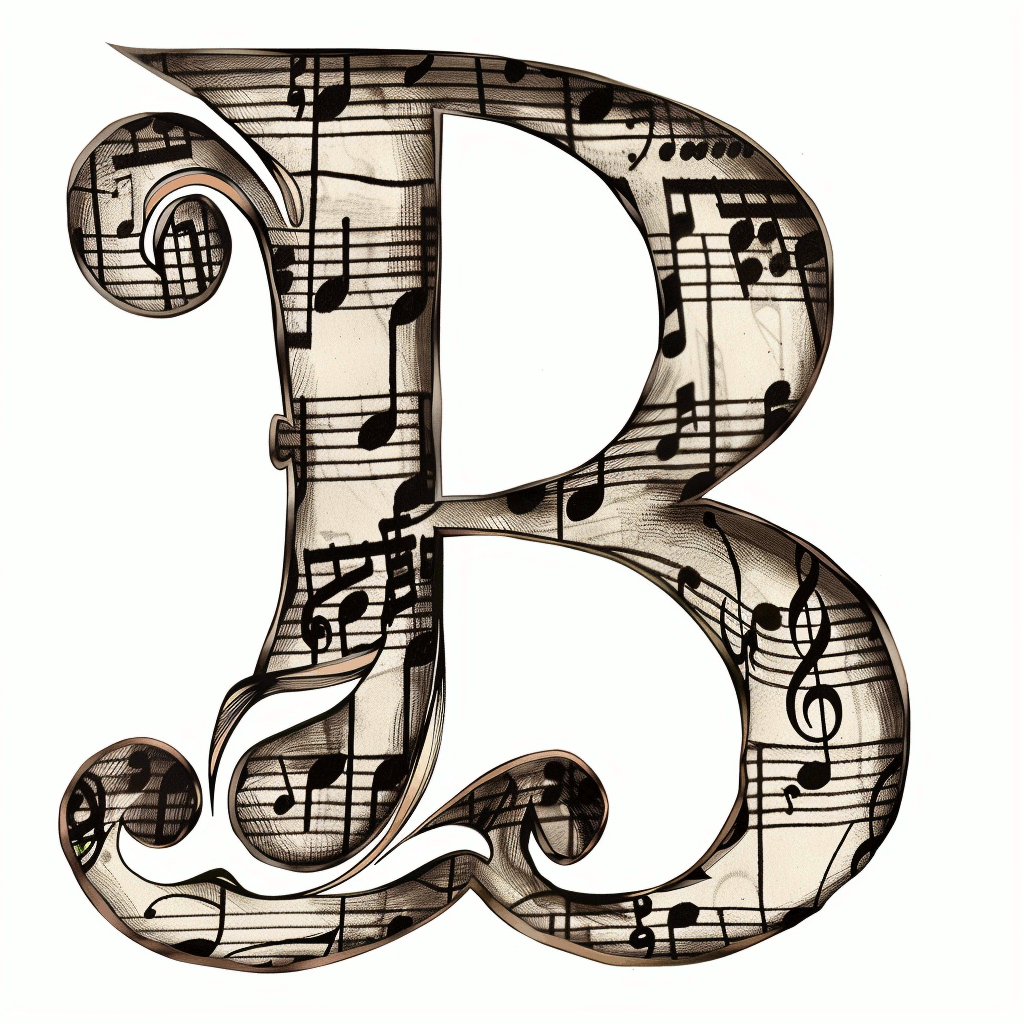Several outstanding acoustic guitars under $500 offer professional-quality features once limited to premium models. You’ll find exceptional value in the Martin LX1 with its solid spruce top and bright tones, or the Yamaha FG800M’s balanced dreadnought construction. The Epiphone J-45 Studio delivers rich tonality, while the PRS SE P20E impresses with its all-mahogany build and compact format. Each model combines solid wood components, reliable electronics, and proven construction techniques to maximize sound quality and playability. Consider your playing style and body type preferences, as these factors greatly influence your ideal choice among these capable instruments.
Key Points
- Martin LX1 offers professional-grade sound with a solid spruce top and compact design, making it excellent value under $500.
- Yamaha FG800M delivers balanced tone and versatile performance with its dreadnought body and solid spruce top construction.
- Look for guitars with solid wood tops, as they provide superior resonance and sound quality compared to fully laminated options.
- Consider body size and comfort, with dreadnought styles offering powerful projection while parlor guitars suit smaller players.
- Regular maintenance and proper humidity control are crucial for preserving sound quality and extending the instrument’s lifespan.
Best Overall Picks

The best overall acoustic guitars under $500 combine value with quality performance through select models that exceed price-point expectations.
The Martin LX1 features a solid spruce top delivering impressive volume and bright tones despite its compact design. Its smaller dimensions and ergonomic neck profile enhance playability for musicians of all skill levels. This guitar delivers detailed and bright sound that rivals more expensive models.
The Yamaha FG800M showcases premium features through its dreadnought construction and solid spruce top composition. The guitar offers great value for money with high-end specs uncommon at this price point. Professional elements include laminated back and sides, enabling versatile performance across multiple playing environments. The guitar’s balanced tone characteristics support both solo work and ensemble playing. Proper guitar setup can elevate the FG800M’s sound quality and playability.
Superior construction methods and material selection in the FG800M create lasting durability and sound consistency typically associated with higher-priced instruments.
Why Consider a Budget Guitar
Budget acoustic guitars under $500 provide excellent value for beginners and intermediate players seeking quality without significant investment. These instruments deliver core playing essentials while helping develop proper technique and finger strength through their characteristic higher action and string tension.
Budget acoustics come with practical advantages that enhance the learning experience. Their portability, low maintenance requirements, and amp-free operation make them ideal practice companions. The heavier body design helps support proper playing posture and arm placement during extended practice sessions. Popular brands like Martin and Taylor offer entry-level models that maintain their reputation for quality craftsmanship. Classical guitars are also a great option for beginners, offering a unique playing experience.
Construction quality has improved significantly, ensuring durability and modest resale value when properly cared for. Musical versatility remains a key strength, allowing players to explore multiple genres from folk to rock during their musical journey.
The straightforward design facilitates focus on core playing techniques that seamlessly transfer to premium instruments as skills advance.
Popular Guitar Body Types

When choosing an acoustic guitar under $500, you’ll encounter three primary body styles that stand out from the rest.
The dreadnought shape offers a tried-and-true design with powerful projection and balanced tone, while the compact parlor guitar provides surprising clarity and comfort for smaller players or those seeking portability. Models like the Epiphone J-200 EC Studio offer excellent sound score: 85 in the parlor category. Users particularly favor the Alvarez AD60 for its impressive dreadnought features and build quality.
The jumbo body style delivers deep, resonant bass response and enhanced volume, making it ideal for players who need maximum acoustic output without amplification. Classical guitars excel in genres like classical and flamenco, providing nuanced expression for orchestral pieces.
Dreadnought: The Classic Choice
The dreadnought acoustic guitar delivers powerful projection and rich bass response through its larger body dimensions. The classic design measures 14-15 inches wide and 19-20 inches long, making it a preferred choice for both live performances and recording sessions.
| Feature | Benefit | Best Examples Under $500 |
|---|---|---|
| Solid Spruce Top | Clear, balanced tone | Yamaha FG800M |
| Large Body Size | Strong projection | Yamaha FG830 |
| Standard Scale | Comfortable playing | Alvarez AD60 |
| Mahogany Back/Sides | Enhanced warmth | Epiphone J-45 Studio |
| C-Shaped Neck | Easy playability | Guild Jumbo Junior |
Dreadnoughts excel in strumming and flatpicking techniques while maintaining versatility for fingerpicking styles. The body size may present challenges for smaller musicians, but the guitar’s robust sound production and superior note definition establish it as a compelling option for players seeking tonal authority and commanding presence.
Parlor: Small Yet Mighty
Parlor guitars deliver intimate, focused sound despite their compact size. These instruments feature 13-14 inch bodies and shorter scale lengths, making them ideal for smaller players and extended practice sessions.
These scaled-down acoustics produce a balanced, warm tone that excels in both fingerstyle and rhythm playing. Modern parlor models often incorporate professional-grade electronics like Fishman pickups, enabling seamless transitions between acoustic and amplified performances.
Core attributes include:
- Mahogany construction yielding rich, organic tones
- Bone nut and saddle pairings for enhanced sustain and clarity
- Quality components like solid tops and electronics at sub-$500 price points
Parlor guitars particularly excel in close-quarters performances, practice environments, and recording situations where their concentrated sound characteristics become advantageous.
Jumbo: Deep Rich Sound
The jumbo acoustic guitar produces an exceptionally deep and rich sound due to its large-bodied design. These instruments generate powerful resonance with prominent bass frequencies, substantial volume, and impressive projection capabilities, making them stand out in any musical setting.
Sound characteristics span across the frequency spectrum, balancing bright treble notes and articulate midrange with the signature low-end warmth. Entry-level performers can explore models like the Epiphone J-200 EC Studio and Guild Jumbo Junior Mahogany, both constructed with solid tops and built-in electronics.
Musicians benefit from the jumbo’s sonic versatility across multiple musical styles, though physical considerations include increased instrument size and potential handling challenges for smaller players.
Premium components typically include Grover tuning machines, while aesthetic features showcase tortoiseshell pickguards and decorative moustache bridge designs.
Sound Quality and Wood Selection
Understanding the relationship between tonewoods and sound quality is essential when selecting an acoustic guitar under $500, as different wood combinations greatly affect the instrument’s tonal characteristics.
You’ll find that solid wood construction, as seen in models like the Martin LX1 and Yamaha FG800M with their solid spruce tops, produces superior resonance and sustain compared to laminate alternatives.
While new guitars can sound bright and tight, you’ll notice that properly aged wood, particularly in the soundboard and bracing, allows the guitar to resonate more freely and develop a richer, more complex tone over time.
Tonewoods Impact Sound Quality
The acoustic properties of tonewoods directly affect a guitar’s sound and tonal character in instruments priced under $500.
Soundboards made from Sitka spruce yield clear, powerful tones suitable across multiple playing techniques. Cedar soundboards generate warmer resonance preferred by fingerstyle players, while mahogany soundboards produce focused tones with minimal harmonic complexity. A Sitka spruce top is especially desirable for its lightweight yet sturdy construction. The superior build quality of a guitar often has more impact than wood choice in determining overall sound quality.
Common back and side materials in budget-friendly guitars include:
- Mahogany – Yields bright treble frequencies and pronounced midrange, optimal for studio recording
- Rosewood – Generates robust low frequencies and brilliant high frequencies with abundant harmonics
- Maple – Creates focused, bright resonance with straightforward harmonic content
Wood density and rigidity significantly influence tonal attributes – higher density materials increase note sustain, while greater stiffness maintains consistent tonal response.
Budget instruments typically incorporate laminated materials for back and sides, which still achieve satisfactory acoustic performance.
Solid Vs Laminate Construction
Acoustic guitars are built using either solid wood or laminate construction, each method significantly impacting tone quality, durability, and price point in instruments under $500.
Tonewoods in solid construction create fuller, more nuanced sounds through natural vibration patterns and uniform wood grain, though these instruments cost more and react strongly to environmental changes. The highest quality solid wood guitars can improve with age as the wood matures and resonance develops.
Laminate construction incorporates multiple wood layers pressed together, delivering better stability and weather resistance at the expense of tonal richness. The inclusion of pressed plywood enhances structural integrity while maintaining cost-effective manufacturing.
Entry-level acoustics often feature hybrid construction, combining solid spruce or cedar tops with laminate mahogany or rosewood back and sides, striking a practical middle ground.
While laminates may not achieve the acoustic properties of solid wood guitars, their structural advantages include improved impact resistance and affordability, making them suitable choices for value-focused musicians requiring dependable instruments.
Resonance and Wood Aging
Wood aging and resonance directly influence the tonal quality of acoustic guitars under $500, where soundboard vibration patterns and timber maturation determine the instrument’s acoustic properties.
Material density, structural integrity, and vibrational characteristics define how effectively string energy converts into musical frequencies across the sonic spectrum. The transfer of string vibrations into the wood creates rich tonal character that shapes the overall sound quality. Smaller guitars typically produce less bass volume in the lower register.
Core resonance factors to evaluate:
- Solid wood soundboards offer superior resonant development compared to laminated construction methods.
- Balanced frequency distribution across mid-ranges and bass fundamentals indicates proper acoustic chamber behavior.
- Sequential fret testing reveals resonant purity and harmonic clarity throughout the playing range.
Natural wood aging processes enhance tonal complexity as cellular structures stabilize, resulting in improved resonant characteristics and harmonic richness.
The material’s acoustic properties evolve to produce more sophisticated overtones and deeper fundamental frequencies as the guitar matures.
Top Brands to Consider

Budget-friendly acoustic guitars from top manufacturers offer distinct advantages for various playing needs and skill levels.
Martin’s LX1 brings studio-quality sound in a travel-friendly size, while Guild’s M-240E Troubadour showcases resonant tones through its solid spruce construction.
Value-oriented musicians can explore Yamaha’s FG800M and Epiphone’s J-200 EC Studio, both delivering professional features at accessible price points.
Advanced construction techniques distinguish PRS’s SE P20E Parlor with its innovative bracing system and Ibanez’s Artwood AC340 featuring thermo-aged components.
Performance-focused players gravitate toward Fender’s CD-60S All-Mahogany for its balanced tone and ergonomic neck design, while Gretsch’s G9500 Jim Dandy appeals to musicians seeking compact dimensions with crisp acoustic projection.
Electronics and Amplification Options
Acoustic guitar electronics and amplification systems play a crucial role in determining sound quality and performance capabilities in affordable instruments under $500.
Modern entry-level acoustics commonly feature Fishman pickup systems, from the Presys II 301T with integrated preamps and tuners to the Sonicore system offering natural tone reproduction. The popular Fishman ISYS+ USB electronics found in models like the Breedlove Pursuit deliver thick, even sound amplification. Classical guitars with pickups enable performance in loud environments without microphone interference, making them ideal for musicians seeking traditional sound with modern amplification.
Active and passive electronics configurations significantly affect amplified sound quality and tonal control options.
Essential electronic features include:
- Piezo/mic blend systems for enhanced sound reproduction during performances
- Onboard preamps with active electronics for detailed tone shaping
- Integrated tuners and volume controls for performance convenience
Use requirements should guide electronic system selection.
Players needing regular amplification benefit from active electronics with comprehensive controls, while occasional amplification needs may be met with basic passive systems.
Key Features When Shopping

Key features in acoustic guitars under $500 determine sound quality, playability, and overall value. Understanding these essential elements helps match the instrument to individual playing preferences and needs.
| Feature | What to Look For |
|---|---|
| Body Style | Choose between Dreadnought for volume or Grand Concert for comfort |
| Top Wood | Solid spruce or mahogany for better resonance |
| Neck Profile | C-shaped for versatility and comfort |
| Hardware | Bone nut and quality tuners for stability |
The body shape influences sound projection and physical comfort, while construction materials define tone characteristics. Solid wood tops produce superior resonance compared to laminated alternatives. Scale length affects string tension and playability, while fretboard radius impacts chord and single-note playing comfort. The neck profile and fretboard material contribute to hand positioning and extended playing comfort during practice sessions. Regular tuning and humidity control are essential for optimal sound performance and wood preservation.
Best Value for Money
The best value acoustic guitars under $500 deliver professional quality without premium pricing. The Yamaha FG800M combines solid spruce construction with powerful dreadnought projection, serving both beginners and intermediate players effectively.
For musicians seeking tonal range, the Epiphone J-45 Studio matches its premium Gibson inspiration while maintaining an accessible price point.
- PRS SE P20E features all-mahogany construction in a compact parlour format, delivering rich tone in a travel-friendly size.
- Ibanez AC340’s grand concert construction merges comfortable handling with bone saddle components for enhanced resonance.
- Yamaha FG800M integrates professional specifications while maintaining entry-level affordability.
Quality craftsmanship and dependable performance remain achievable without substantial investment in these selected instruments.
FAQs
How Long Should Acoustic Guitar Strings Last Before Needing Replacement?
You’ll need to replace your acoustic guitar strings every 1-3 months with regular playing. If you’re using coated strings, playing gently, and maintaining proper care, they can last up to 3-4 months.
Can You Travel With an Acoustic Guitar on Airplanes?
Yes, you can travel with an acoustic guitar on planes. You’ll need to check airline policies, use a hardshell case, and consider carrying it onboard. Be prepared for screenings and possible gate-checking if space is limited.
What Humidity Levels Are Safe for Storing Acoustic Guitars?
You’ll want to keep your acoustic guitar in 40-50% relative humidity range. If levels drop below 30% or rise above 60%, you’ll risk serious damage like warping, cracking, or structural issues.
Should Beginners Start With Light or Medium Gauge Strings?
You’ll want to start with light gauge strings as they’re easier on your fingers and promote better technique. Once you’ve developed calluses and proper finger strength, you can shift to medium gauge strings.
How Often Should an Acoustic Guitar Need Professional Setup Adjustments?
You’ll typically need a professional setup every 6-12 months with regular playing, or when you notice playability issues. Changes in climate, string gauge switches, or significant environmental shifts may require additional adjustments between regular maintenance.
The Bottom Line
When you’re shopping for an acoustic guitar under $500, prioritize your specific playing needs and consider the trade-offs between tonewoods, build quality, and features. You’ll find solid value in brands like Yamaha, Seagull, and Fender’s entry-level models. Don’t forget to factor in potential upgrades like electronics and hardware. With careful research and hands-on testing, you can secure a reliable instrument that’ll serve your musical journey well.
